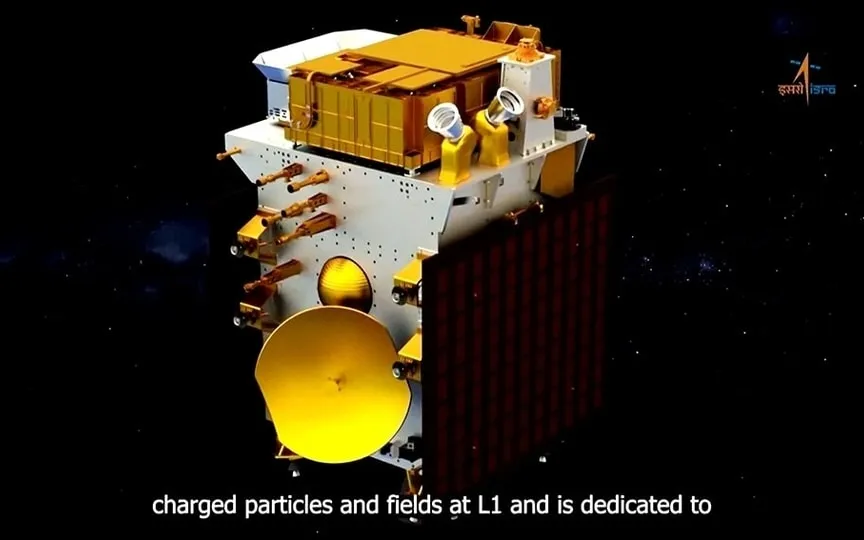Solar Missions Soar High: India, Japan, and China Take the Lead!
India has taken a significant step in exploring the sun by launching the Aditya-L1 mission on September 2. After a successful Trajectory Correction Maneuver on October 6, the spacecraft is now heading towards the Lagrange point L-1, located 1.5 million kilometers away from Earth and facing the sun. The main objective of the Aditya-L1 mission is to study the immediate impact of the sun on space weather. India is not the only country involved in solar missions, as Japan, China, and others have also embarked on similar ventures.
Japan
Back in 1981, Japan began its solar research journey by launching the Hinotori (ASTRO-A) satellite, which focused on studying solar flares. Since then, the Japanese space agency JAXA has conducted several solar missions, including Yohkoh (SOLAR-A), the Solar and Heliospheric Observatory (SOHO) in collaboration with NASA and ESA, the Transient Region and Coronal Explorer (TRACE) with NASA, and the Hinode (SOLAR-B) in 2006.
United States
As a pioneer in space exploration, NASA has actively pursued solar missions. NASA continues to pioneer solar exploration, from the SOHO mission in 1995 to the groundbreaking Parker Solar Probe in 2018, which achieved the historic feat of “touching” the Sun after three years. Their missions include the Advanced Composition Explorer, the Solar Terrestrial Relations Observatory, the Solar Dynamics Observatory, and the Interface Region Imaging Spectrograph (IRIS).
in Europe
The European Space Agency (ESA), in cooperation with NASA and JAXA, has played a decisive role in solar research. The Ulysses flight in 1990 and the Project for On-Board Autonomy-2 (Proba-2) mission in 2001 are major contributions focused on studying the solar environment above and below its poles.
China
The Advanced Space-based Solar Observatory (ASO-S), launched in October 2022 by the National Center for Space Science (CAS) of the Chinese Academy of Sciences, marks China’s advance in solar research. This spacecraft, named Kuafu-1, aims to investigate the role of the Sun’s magnetic field in phenomena such as coronal mass ejections and eruptions.




